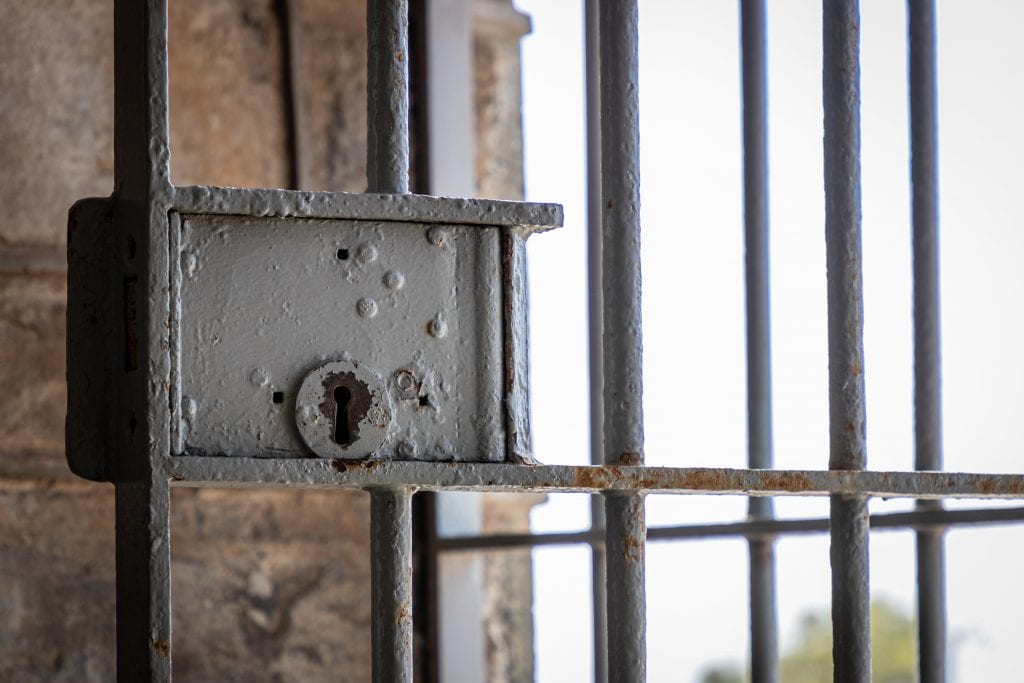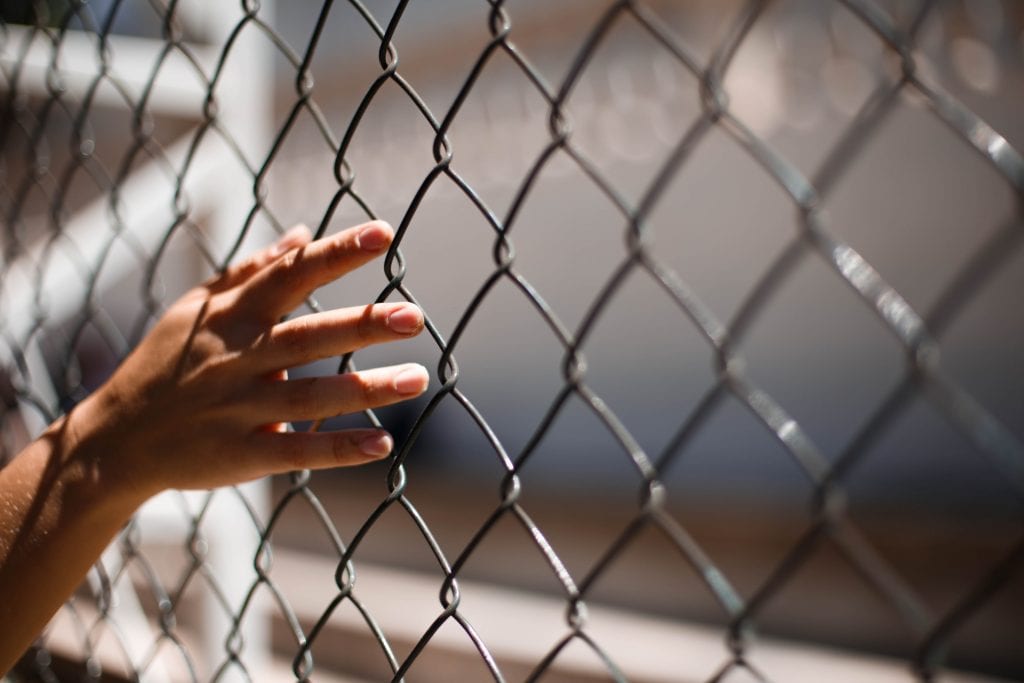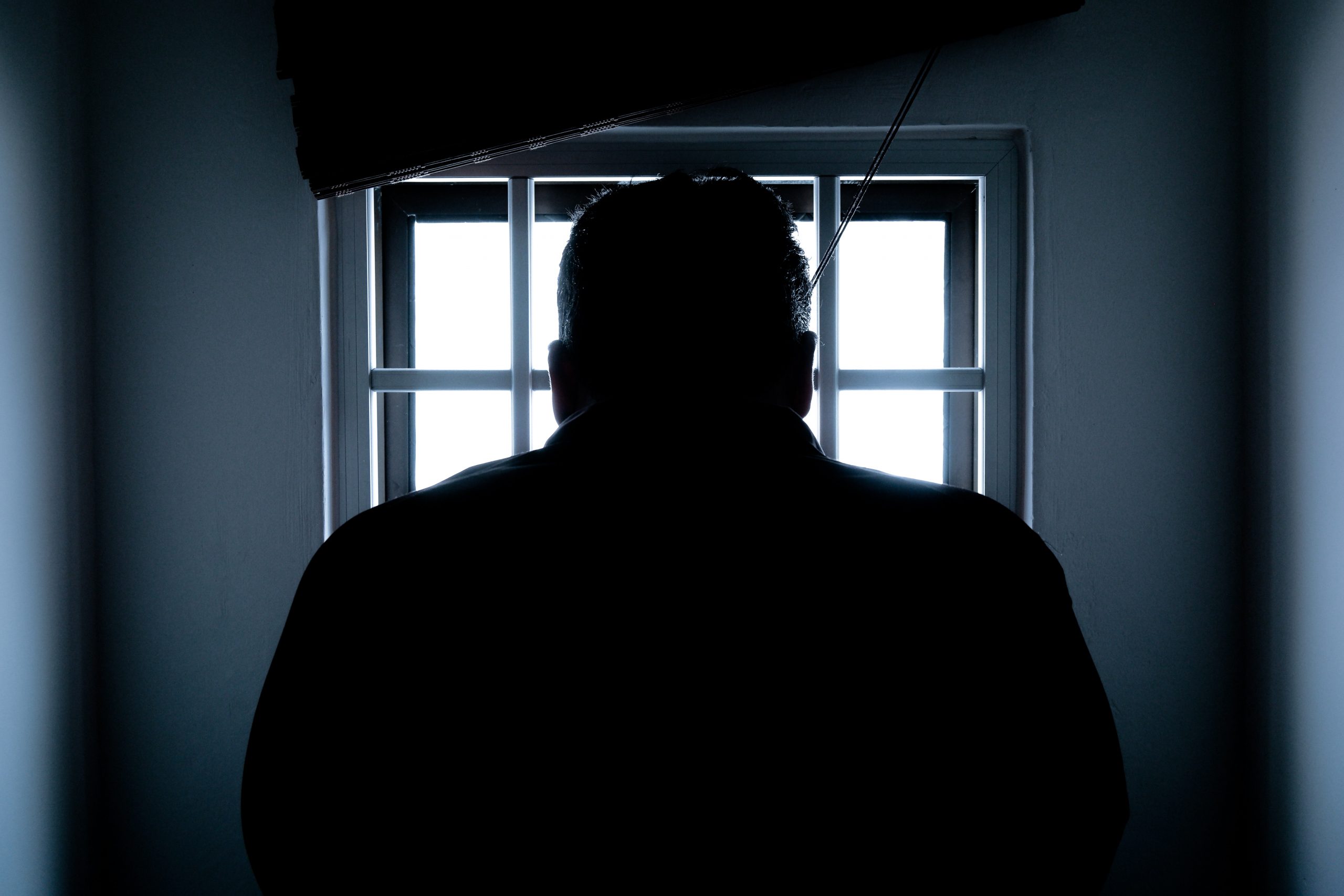Administrative segregation is when federal prison staff separates one incarcerated person from their peers. This usually happens when an incarcerated person is a danger to themselves or others. Prison staff recommends this separation for people with a history of violence. Staff may also impose it in other circumstances.
How is administrative segregation different from other prison segregation?
There are three common types of segregation: administrative, disciplinary and protective custody. Incarcerated people can ask staff to separate them if they think they are in danger. This is voluntary protective custody. Prison officials may learn that someone is in danger and separate them without a request. In both cases, this is not a punishment and is not always more restrictive.
If you break the rules, prison staff may separate you as punishment. This is disciplinary segregation. Because it is a punishment, you have a right to a hearing and due process.
Administrative segregation is not a punishment. Prison staff uses this option when a person becomes dangerous to staff or their peers. Put differently, prison staff place you in administrative segregation for safety. Because it is not technically a punishment, you do not have the same rights to due process.

Prison staff can spread incarcerated people out across prisons or put many in a separate wing. Today, most prisons have an administrative segregation “block.” “Supermax” prisons are facilities where everyone is in administrative segregation.
What restrictions do you have in administrative segregation?
You have fewer privileges in administrative segregation. You might not get recreation time with your peers. Prison staff may also put you in restraints to move from one place to another.
In fact, most prisons keep segregated people locked down for 23 hours each day. And you do not share your cell with a peer. Prison staff uses a small opening in the door to deliver food and other items to you. Officials can also reduce your phone time and non-contact visits.

The furniture in your cell is metal and bolted in place so that you can’t move it. You also can’t open the window or control airflow. Everything is secured this way to protect you and prison staff.
Can administrative segregation hurt your mental health in prison?
Yes and no. Prisons have used different types of segregation for many years. Some reports show that segregation can harm your mental health. People in prison may show signs of depression and hurt themselves. Other studies show that segregation is not harmful and may actually even help incarcerated people.
People in prison have different needs. Prisons must consider your mental health and should treat any mental illness. Mental health workers visit you once per week in administrative segregation. You can also ask to talk with them at any time. The most important thing is to tell prison staff members when you have mental health concerns.
Remember that administrative segregation is to protect you and those around you in prison. Prison staff members don’t want you to hurt yourself or others. And you have a right to mental health care in segregation if you need it.
The Takeaway:
Federal prisons use segregation for different purposes. But administrative segregation is most often used for dangerous prisoners. These incarcerated people may post a danger to themselves or others. Prisons might keep all people in a separate block or spread them out in the prison. Cells and privileges are limited in segregation.






